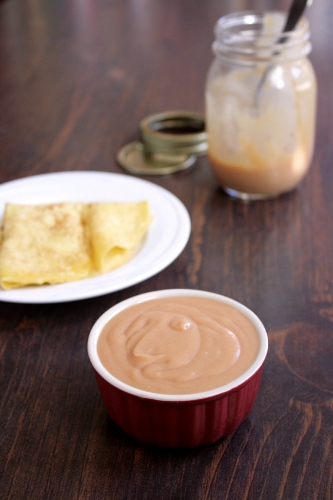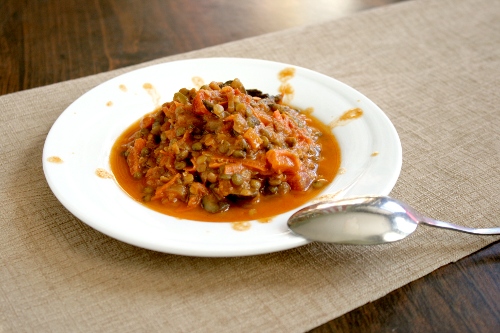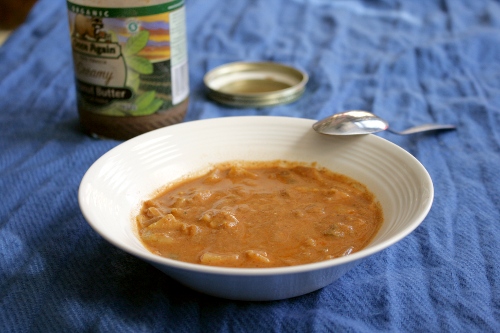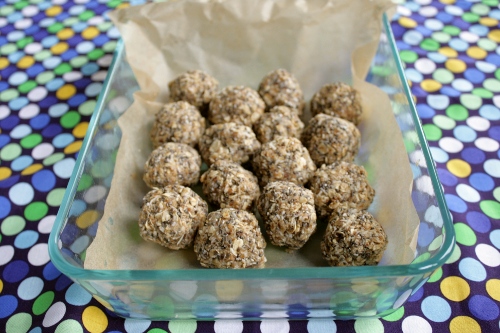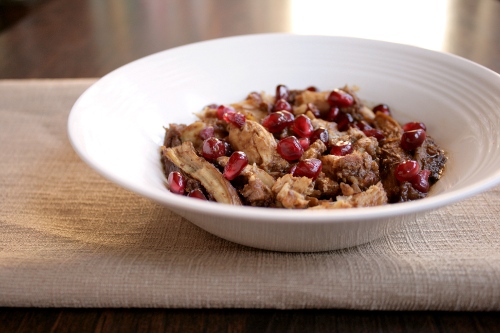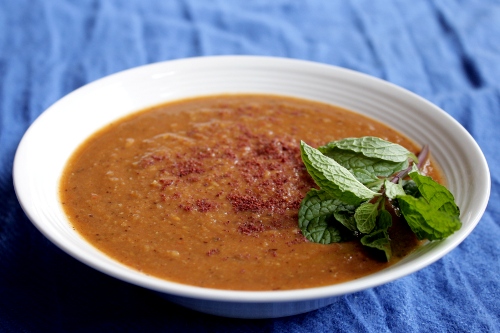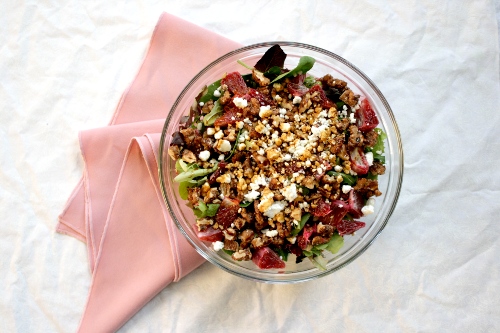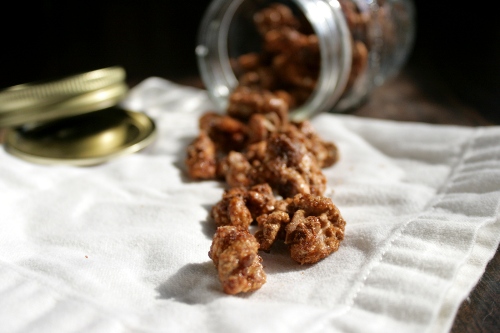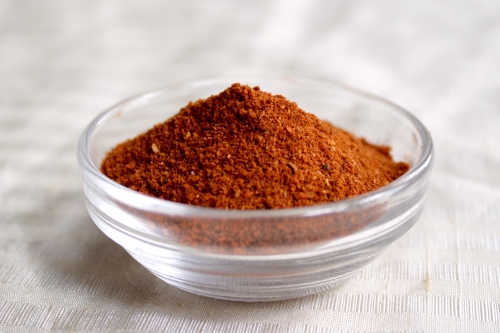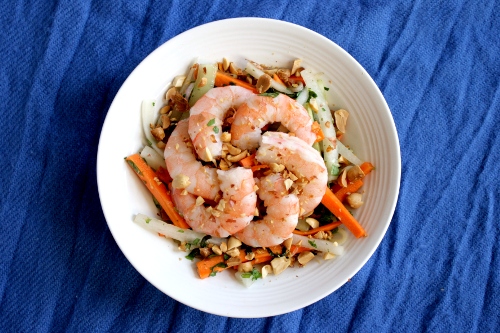
We’ve had an exceptionally mild winter in DC this year (which, as someone with a very low tolerance for cold, I’ve actually enjoyed). At the beginning of March, temperatures suddenly shot up in the sixties and seventies, and it’s been feeling like spring ever since. With trees bursting into bloom and tulips out in full force right outside my front door, I just can’t bring myself to keep eating the same hearty soups and stews I’ve been relying on all winter. So when the recipe for this Vietnamese shrimp salad found its way into my inbox, I immediately set about cooking it.
